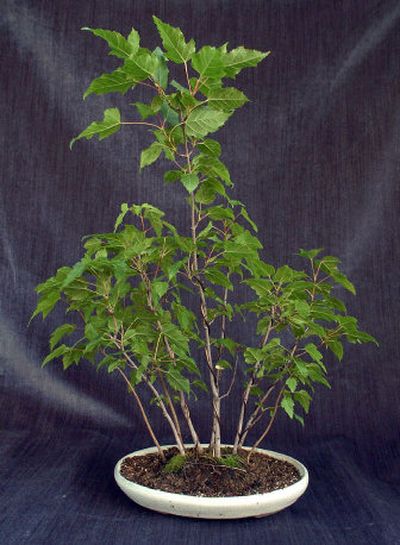Bonsai roots established thousands of years ago

The bonsai tradition most Westerners are familiar with comes from Japan where the term literally translates as “shallow container planting.” But bonsai’s roots are in the even older Chinese tradition of penjing, or “potted scene” plantings, done by Chinese Buddhist monks.
Around 3000 years ago, ancient seekers of wisdom began collecting rocks that reminded them of sacred mountains. They could carry these small symbols as they traveled around. With time, the holes and cervices of the rocks took on special meaning and their display became an important element of religion and culture. Eventually by either happenstance or deliberate action, plants began to grow with the rocks creating a natural scene that could have come from the mountain itself.
Somewhere about the second century, Buddhists traveling to China from India brought knowledge of ancient Ayuvedic medicine, including the use of medicines created from carefully trimmed plants carried with them in small pots. This process basically miniaturized the plants so the healers could easily take their sources of medicine with them from place to place. Their trimming and potting techniques were incorporated into the existing tradition and soon miniaturized scenes that contained both plants and rock became common among the rich and powerful members of society. This was penjing.
Around the sixth century, trade and the exchange of cultures between China and Japan began to expand rapidly. The Japanese adopted many forms of Chinese architecture, literature, calligraphy, fine arts, ceremonies and horticulture. The Japanese began refining the Chinese forms of penjing to reflect their own landscapes and Zen religious philosophies creating the art of bonsai in the process.
In modern times, the art of bonsai in Japan evolved into its own formalized series of styles and training methods. Standards of presentation were established and set for display and competitions. A profession devoted to the training and maintenance of the plants developed as more people began to appreciate the art form.